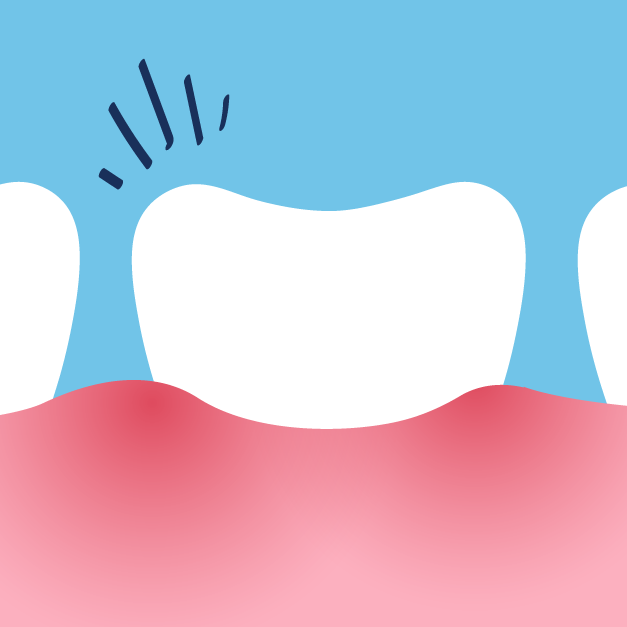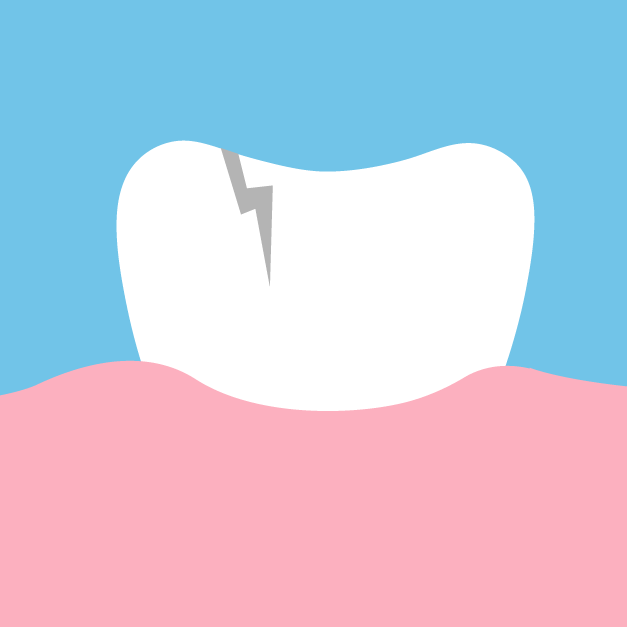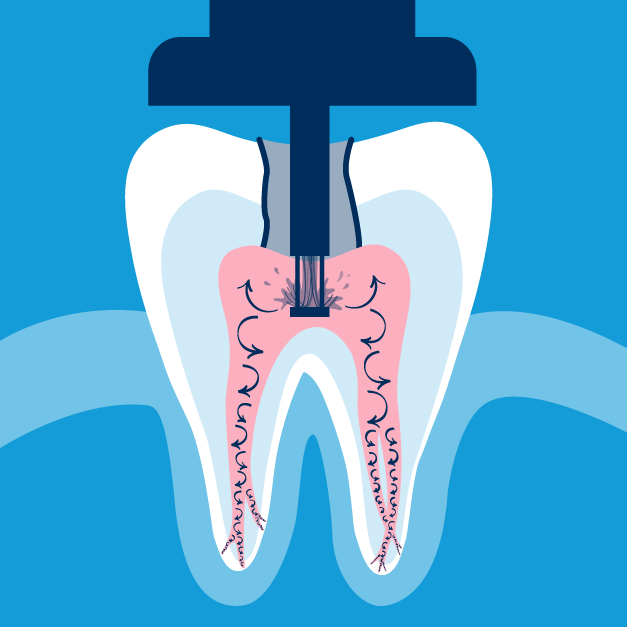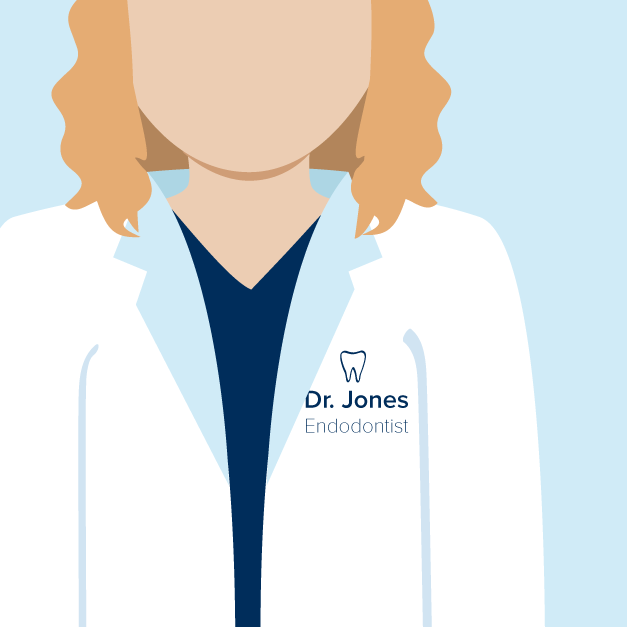You’re not entirely sure when or why your toothache started, but what began as an occasional, minor twinge while chewing has developed into a persistent, throbbing pain. While you’ve tried to put it off, that’s clearly no longer an option—so what’s next?
Take a look below to learn more about what could be causing your toothache—and how you can address the issue with your dentist or endodontist.

What Are the Signs of a Toothache?
If you’re experiencing any of the below, they could be indicative of a toothache and a sign that you need to see a dentist or endodontist immediately.
- Pain with biting or chewing;
- Teeth hypersensitivity to changes in temperature;
- Cheek or gums swelling near tooth;
- Discharge or bleeding of the gums, or;
- Constant throbbing within a tooth*
There are a number of reasons that you could be experiencing these symptoms, and it’s important to understand what’s causing them to determine how to best treat the issue.

What Could Be Causing Your Toothache?
An injury or trauma typically caused by tooth decay (or cavity) is often the cause of toothaches.* But, people often won’t feel the cavities until they get larger and deeper within the layers of the tooth structure.* This severity of decay can usually be prevented with regular dental care and yearly cleanings by your dentist.
Though cavities are a common cause of toothaches, they can also be indicative of:
- An abscessed tooth,
- Damaged or fractured tooth,
- Dental work,
- Teeth clenching or grinding,
- Gum infection, or;
- Exposed root surfaces*
Regardless of the cause, once you’ve reached the point of a toothache, you’ll want to see your dentist or endodontist immediately.

The Longer You Wait Might Be Too Late
If your dentist or endodontist determines your toothache has led to a root canal system infection, which stage of tooth decay you’re at can determine what your root canal therapy options are. All six stages of tooth decay have varying consequences for your tooth’s health:
- Stage One: White spots**
- Stage Two: Enamel decay**
- Stage Three: Dentin decay**
- Stage Four: Involvement of pulp**
- Stage Five: Abscess Formation**
- Stage Six: Tooth loss**
If you’ve put off seeking treatment for too long and get to stage six, you may only have the option of tooth extraction**; however, if you address the issue early enough, you could save your natural tooth with root canal therapy.
Remember: It’s imperative to talk to your dentist or endodontist as soon as you start noticing any symptoms to help prevent an abscess formation or tooth loss.
And, it’s important to compare your root canal therapy options with your dentist or endodontist to determine which one will provide the best results—and the most successful recovery.

What is the Root Canal Recovery Time?
If you’re able to undergo root canal therapy instead of requiring an extraction, you may be wondering what recovery will look like. The root canal recovery time will vary for each case and is determined by the severity of inflammation and infection, as well as the treatment method used.
How you take care of your tooth after root canal therapy can also determine what recovery looks like. There are some basic recommendations you’ll want to follow to help keep your treated tooth on the right path to recovery:
- Drink plenty of fluids, but avoid drinking them through a straw or bottle***
- Avoid smoking cigarettes and drinking alcohol†
- Reduce swelling and bleeding by keeping your head elevated on pillows†
- Apply ice to your face for 15 minutes at a time to help keep swelling down†
- After 24 hours, gently rinse your mouth with warm salt water four times per day, including after every meal or snack†
If you’re looking for more direction on your root canal aftercare, take a look at our helpful guide, Root Canal Recovery: Taking Care of Your Tooth After Treatment!

Choosing the GentleWave® Procedure
If you’ve been diagnosed with a root canal system infection, it’s important to research and compare your therapy options—including the GentleWave® Procedure!
This root canal therapy option provides efficient and effective cleaning.1 In fact, the GentleWave Procedure is so effective at removing bacteria and infected tissue2 that it even decreases the chance of failure later on4, preserving more of your tooth’s structure4 to help keep it strong.
“If you have a busy life, and you want to get back to your routine, this is the way to go.”
-Christine, GentleWave® Procedure Patient

Find a Nearby GentleWave Doctor
If you’re experiencing symptoms of an infected root canal system, don’t delay seeking root canal therapy—find a GentleWave Doctor today!
**Oral-B